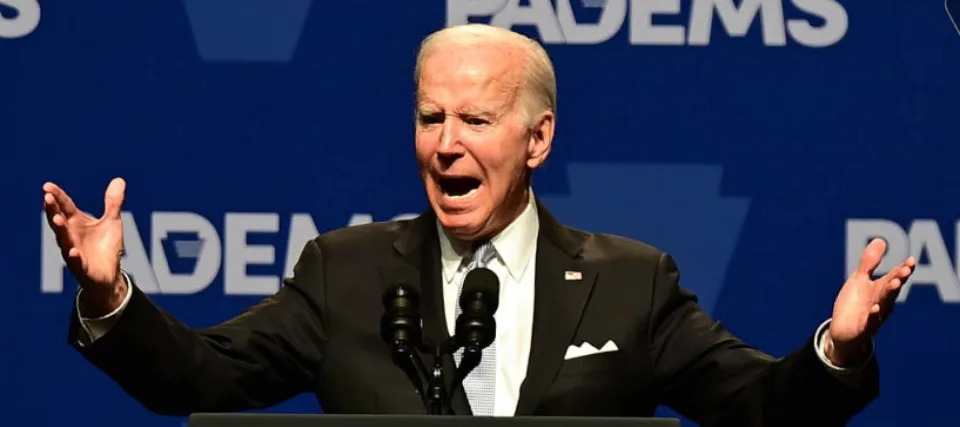Hormel Foods (HRL) Expands With Stake Buyout in Garudafood
Zacks Equity Research
Fri, December 16, 2022
Hormel Foods Corporation HRL announced its acquisition of a minority stake in Indonesia-based food and beverage company, PT Garudafood Putra Putri Jaya Tbk. Notably, Hormel Foods bought nearly 29% of shares of Garudafood from CVC and other shareholders.
The move is likely to help Hormel Foods to expand its presence in Indonesia and Southeast Asia. The addition of branded portfolio, including Garuda peanut snacks, Gery biscuits and confectionary products, as well as Chocolatos wafer sticks, are expected to be accretive to HRL.
Prior to this, Hormel Foods acquired Planters snacking portfolio from The Kraft Heinz Company in June 2021 and Texas-based pit-smoked meats company, Sadler's Smokehouse, in March 2020. The buyouts are in sync with Hormel Foods’ initiatives to strengthen its position in the foodservice space.
On its last earnings report, management stated that it concluded the integration of the Planters business, progressed with its six strategic priorities, navigated through a tough operating landscape and laid the foundation for the next step of its Go Forward (GoFWD) initiative.
As part of this plan, Hormel Foods transitioned to three operating units — Retail, Foodservice and International — and started operating under its new model on Oct 31, 2022. The initiative will simplify the company’s approach to customers and operators, and enable faster decision-making.
Also, Hormel Foods’ One Supply Chain initiative has centralized operations, logistics and sourcing decisions to fuel the efficiencies for the company. The modernization of its technology and e-commerce abilities, including Project Orion, the formation of the Digital Experience Group and the transformational efforts at Jennie-O Turkey Store bode well.
Going into fiscal 2023, the company remains well-placed in the retail, foodservice and international channels, and expects to fuel top-line growth. Increased brand investments, higher production capacity and HRL’s initial GoFWD actions are likely to support top-line growth. Management anticipates earnings growth to be backed by its Foodservice and International segments, together with supply-chain enhancements.
Consequently, HRL projects net sales of $12.6-$12.9 billion for fiscal 2023, indicating 1-3% growth from the fiscal 2022 reported level. Earnings per share are envisioned to be $1.83-$1.93, suggesting 1-6% growth from the fiscal 2022 reported level.
That said, the company anticipates operating in a difficult, volatile and inflated-cost environment in fiscal 2023. Cost inflation, especially related to logistics, operations and raw material inputs, remains concerning.

Zacks Investment Research
Image Source: Zacks Investment Research







